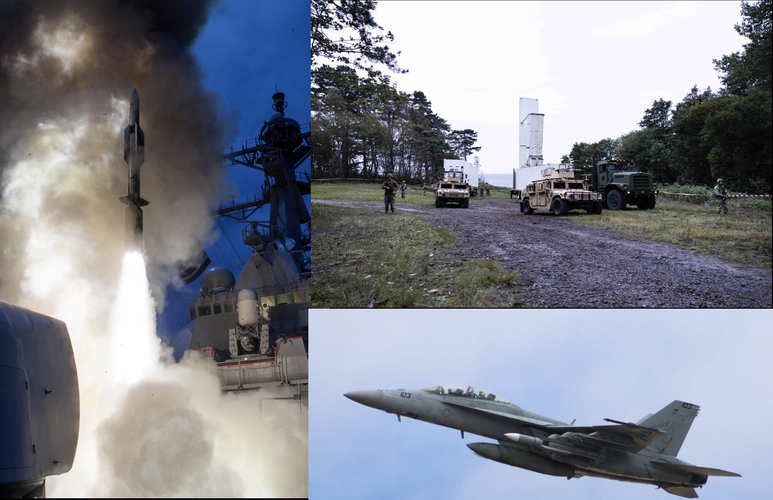Forest Green
ACCESS: Above Top Secret
- Joined
- 11 June 2019
- Messages
- 9,421
- Reaction score
- 17,160

AIM-174 Super Hornet-Launched Variant Of SM-6 Missile Breaks Cover In Hawaii
After years in the shadows, what is likely the longest-range air-to-air missile ever fielded by the Navy comes into full view. After years in the shadows, what is likely the longest-range air-to-air missile ever fielded by the Navy comes into full view.


